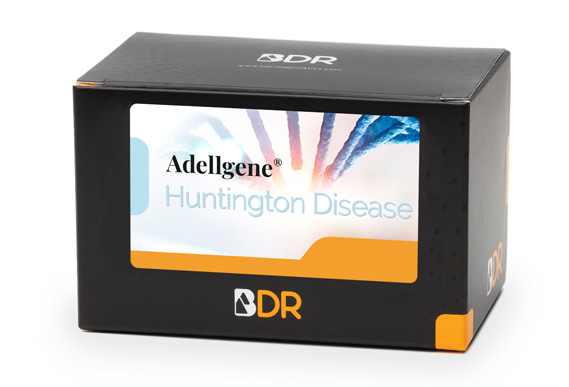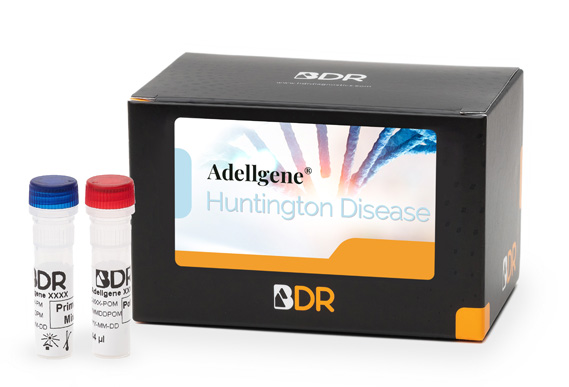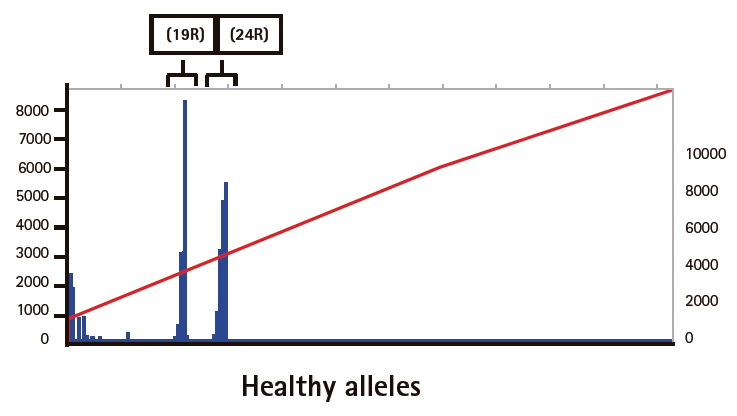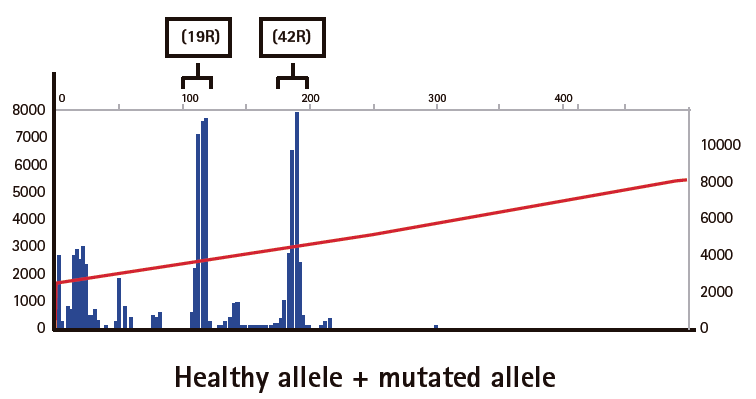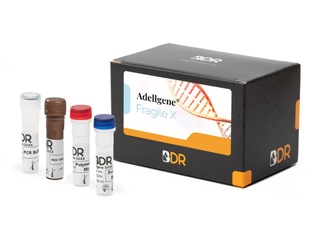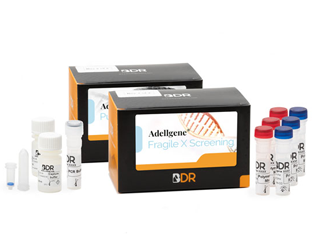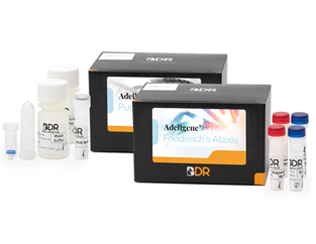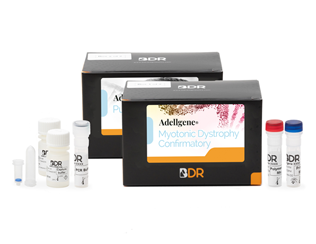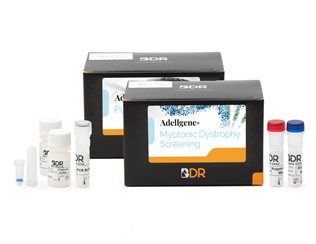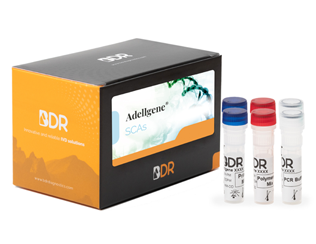We use cookies to help you navigate efficiently and perform certain functions.
Cookies categorised as "Necessary" are stored in your browser as they are essential to enable basic website functionality.
We also use third party cookies to help us analyse how you use this website, save your preferences and deliver content and advertising that is relevant to you. These cookies are only stored in your browser with your consent.
You can choose to enable or disable some or all of these cookies, although disabling some may affect your browsing experience.
